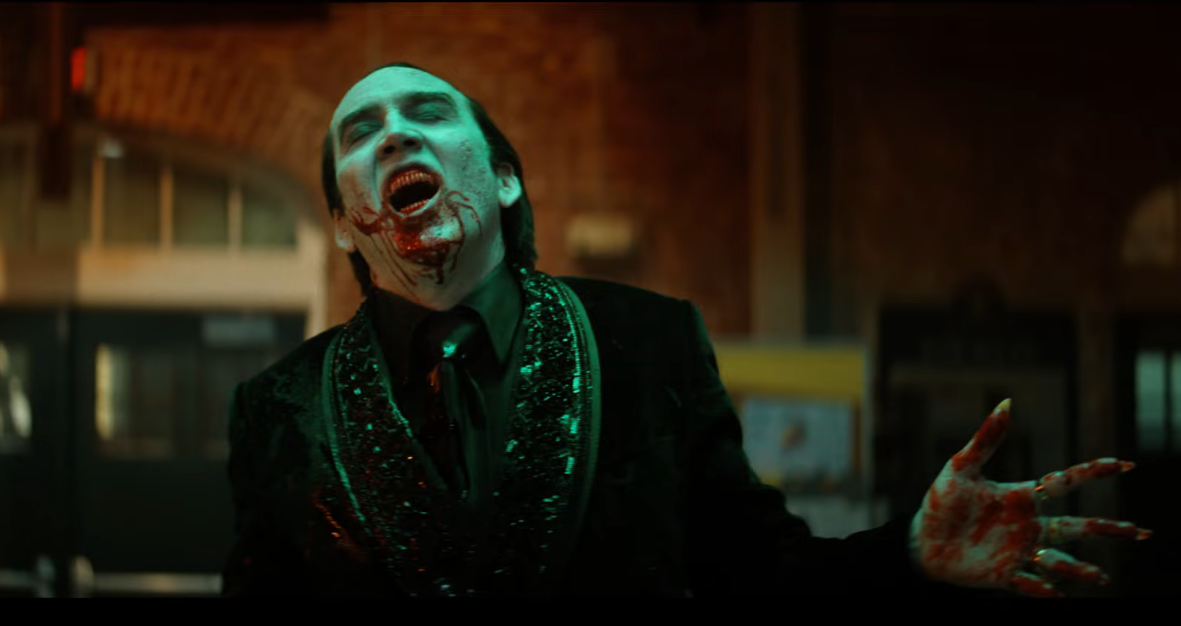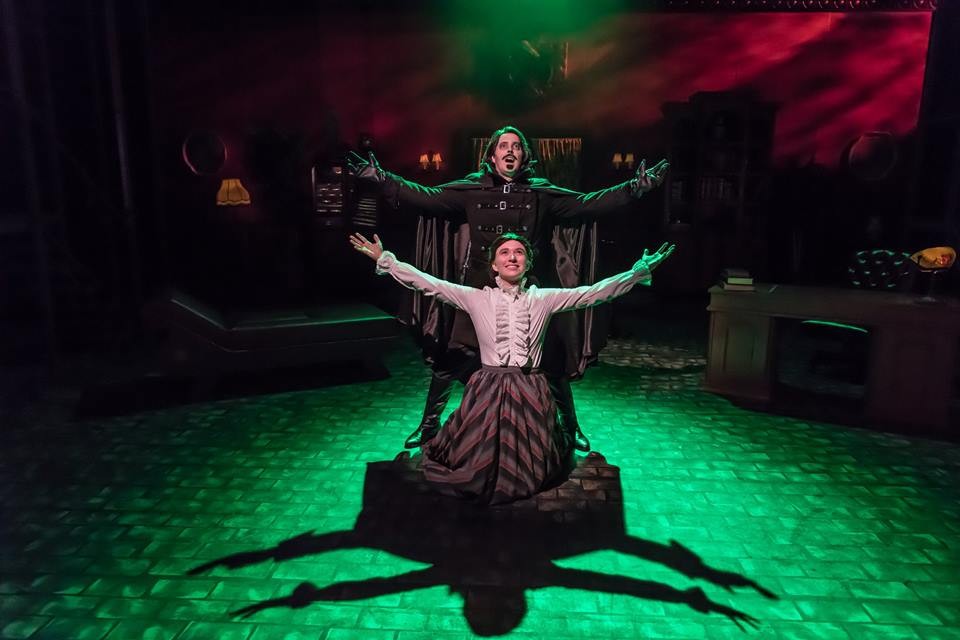Ready your garlic, sharpen your stakes, and replenish your Holy Water stock because Ballet Memphis is kicking off its 38th season with Dracula this weekend.
Inspired by Bram Stoker’s novel, Ballet Memphis’ performance features original choreography by artistic director Steven McMahon, with original music, set design by Beowulf Borritt and Nate Bertone, and costumes by Hogan McLaughlin. This will be the second time Dracula hits the stage with Ballet Memphis, having premiered back in 2022 to great fanfare.
“The community response to it last time was just fantastic,” says Ballet Memphis president and CEO Gretchen Wollert McLennon. “We thought we’d be bringing it back in three or four years, but we had such a great community response to it that we brought it back only two years later.”
Dracula, it turns out, translates perfectly to ballet. “You take a story like Dracula, which already has so much emotion behind it,” Wollert McLennon says, “and you just can imagine that a story that has that much depth to it, the opportunity then to explore it physically as artists and dancers really just takes that story to another level, right? So we’re feeling it. We’re seeing it in ways that allow Bram Stoker’s classic story to really come alive.
“Our sets and costumes are intentionally very simple so that the performance really immerses you in the thrill of the story of Dracula, and the dread and expectation that the story builds is really resonant in our work.”
The production is less than two hours, and attendees are encouraged to vamp it up by wearing a Halloween costume. The performance is not recommended for guests 12 and under.
Up next on Ballet Memphis’ schedule, though, is The Nutcracker, a 40-year, family-friendly tradition for the company. “Everyone loves The Nutcracker,” says Wollert McLennon, “and we love bringing it to the community because it brings families together. Sometimes the only time people experience dance in their lives is that moment when their parents took them, their grandmother took them, their neighbor took them. And so we know how important it is to everyone at this time of year; it’s really a centerpiece of everyone’s holiday tradition.”
Last year, Ballet Memphis introduced new costumes and set designs, plus a few new Memphis elements to the story, and the company will continue with these changes this December.
In February, Ballet Memphis will perform its Winter Mix, which will be a mixed repertory of contemporary and balletic dance, and in April comes the company’s Angels in the Architecture, a double bill of works by master choreographers and composers. For more information on the upcoming season and to purchase tickets, visit balletmemphis.org.
Dracula, Orpheum Theatre, 203 S. Main, Friday-Saturday, October 25-26, 7:30 p.m. | Sunday, October 28, 2 p.m., $16-$91.







